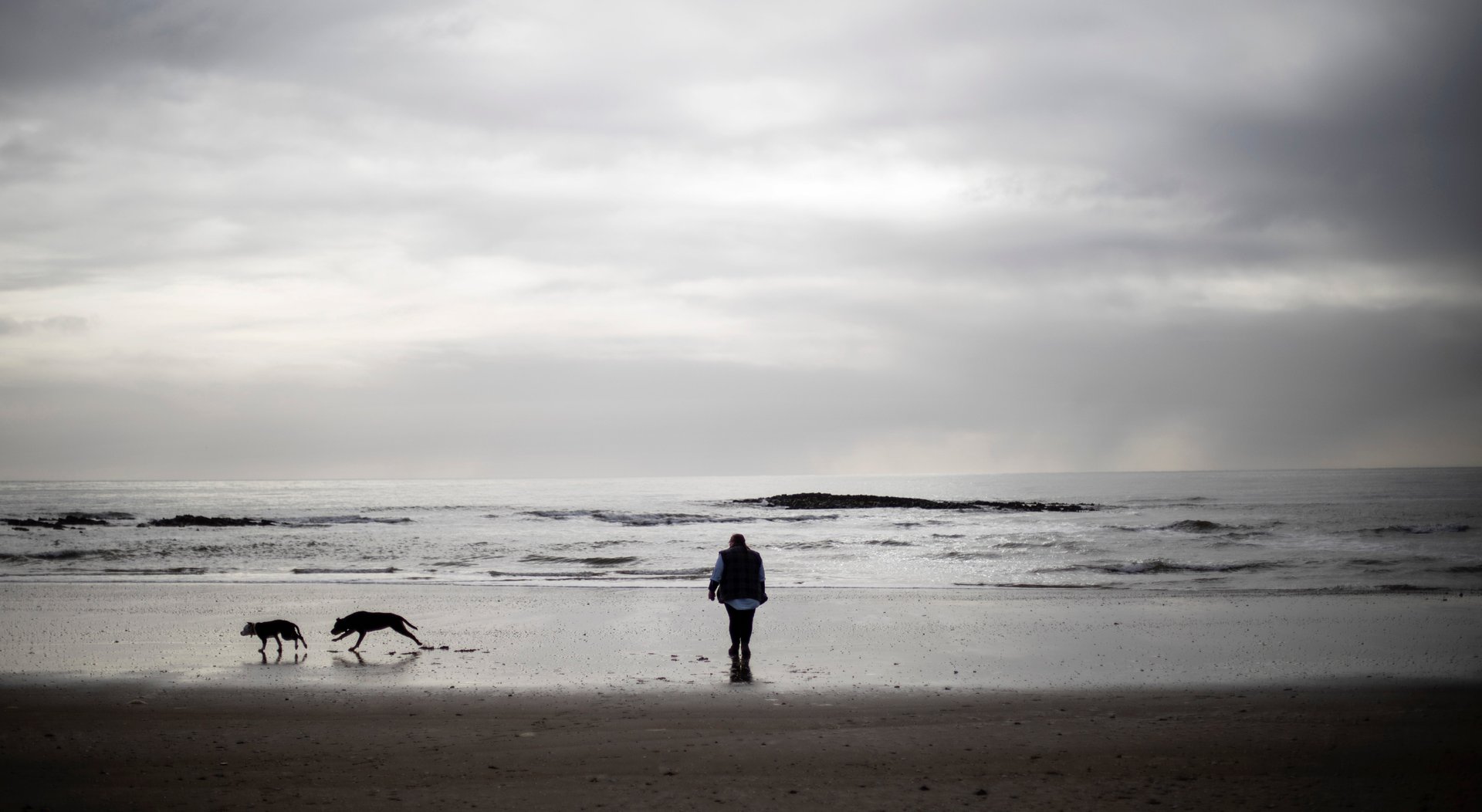There is an important difference between aloneness and loneliness
We now do things solo that we used to do together. Record numbers of people globally are making active choices to live, work, entertain, and parent by themselves—not because they have to, but because they want to. The new currency of being solo disrupts the stories we tell ourselves about loneliness and being alone.


We now do things solo that we used to do together. Record numbers of people globally are making active choices to live, work, entertain, and parent by themselves—not because they have to, but because they want to. The new currency of being solo disrupts the stories we tell ourselves about loneliness and being alone.
For example, solo travel is booming. For a record number of people, especially women and millennials, vacations are now an opportunity to be alone.
What’s not to like? Freedom. Not having to compromise. Quality time with yourself. Making friends. One in four people planned to vacation alone last year, according to an MMGY Global study.
Eating out is another example. Solo dining is an empowered behavior we’re seeing across Europe and the US, breaking social taboos about eating alone; reservations for one have increased 160% since 2014 in the UK, according to OpenTable.
These examples are a sign of something bigger bubbling up. It arrives at a tipping point between the age of always-on social media and a tribalized society—one in which we’re increasingly bored and being burned out by trying to keep up with the crowd.
We’re calling this cultural shift “soloism,” and we recently released a full report and documentary exploring it. Soloism represents the emergence of a permanently more single way of life that we need to adapt to and create for—and both businesses and solo folks can benefit.
Being alone is not the same as being lonely
In Western culture, we automatically equate being alone with being lonely. We’ve created a narrative starting from childhood that being alone is sad, something to avoid, and life is all about our relationships with others. But the need to be alone and to engage with others are both essential to human happiness and survival, psychologists say.
The scientific definition of loneliness is “a feeling of distress produced by the perception that one’s social needs are not being met.” Social media, which is based on perceptions, has therefore made us more uncomfortable being alone and feeling socially unsatisfied.
“Online activities hit us twice: Once as a distraction and/or substitution for real social interaction,” says psychologist Melissa Sporn, “and then again as a representation via social media of all the things we aren’t doing and should be engaged in, thus leaving us feeling lonely and FOMO.”
In other words, we can’t just be. We feel compelled to constantly do.
Our fear of being alone today is really a fear of boredom. Soloism is a response, even a solution, to a hyper-stimulated, over-friended, burned-out generation that quietly desires to just be, but doesn’t quite know how.
The economics of loneliness
In the world’s largest study on loneliness by the BBC, over 80% of people stated that they enjoyed spending time on their own. That’s a huge commercial market share just waiting to be embraced.
Let’s call it the aloneness economy.
Here are three ways communities, organizations, and companies can give space for their consumers to go solo.
- Think about solitude as the new luxury. Flip the script that says aloneness is something to avoid. Create a new narrative that champions its normality as part of a balanced lifestyle. Silent retreats are all the rage among Silicon Valley moguls like Jack Dorsey. Meditation, sleep, and off-grid industries are all booming. In a world where social connection is always-on and commodified to the point of parody by influencers, solitude is an elegant way of flipping aloneness that takes us to a place of wellness and aspiration where businesses can unlock premium value.
- Encourage people to socialize solo. The desire to travel alone is also tied to the fear of it. There is a huge growth space around communities where solo travelers can access support and connect with others at points during their journey. For example, Wanderful is a social network that connects solo female travelers and offers a verified list of home-sharing spots. More hyper-contextual groups such as The Blonde Abroad Travel Tribe and Black Girls Travel Too are emerging as solo travel services.
- Create communities where people can be alone together. Great brands bring people together. Fill the void in local communities by becoming one yourself. For example, Apple has reimagined its stores as town squares. People are invited to use them more like a public space for free Wi-Fi, hanging out with friends, or taking a class designed for real-life social interaction, such as Photo Walks, where groups of strangers can learn photography skills together while better exploring their city (… and an Apple product). The tech giant’s retail stores consistently top the rankings for highest earnings per square foot of real estate.
Normalizing aloneness will also require businesses to stop doing things that penalize solo customers: Single-occupancy charges in the hospitality industry for starters; discrimination against freelance workers trying to access loans in the finance industry; and standard family-size food that creates waste and extra cost. Businesses are still designing for an outdated 2.4 family paradigm, and those that evolve first will be at a distinct advantage.
Being alone. Being together. They’ve changed, they’ve collided, and they’re evolving. Judging them through a traditional lens misses their positives and their unmistakable opportunity: to embrace aloneness, and distinguish it from loneliness.
In this solo world, there will be new ways to find companionship and community, and brands will need to play a role. But it is the deepening of these relationships—and our relationship with ourselves—that will unlock the greatest benefits for individuals, society, and business.